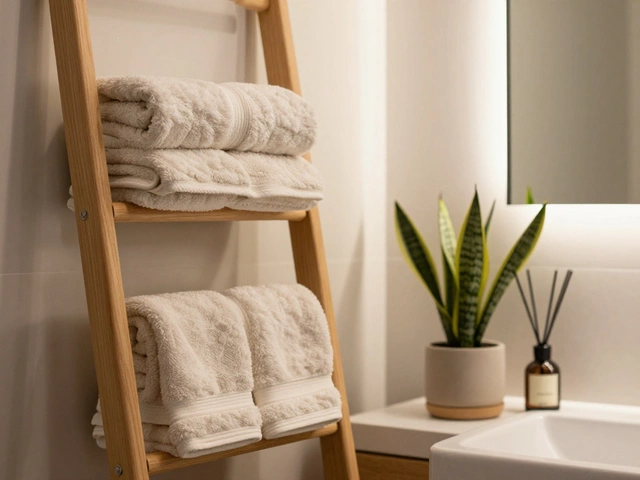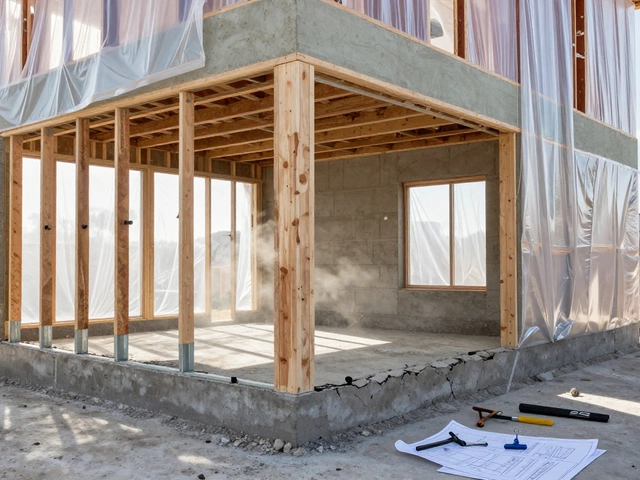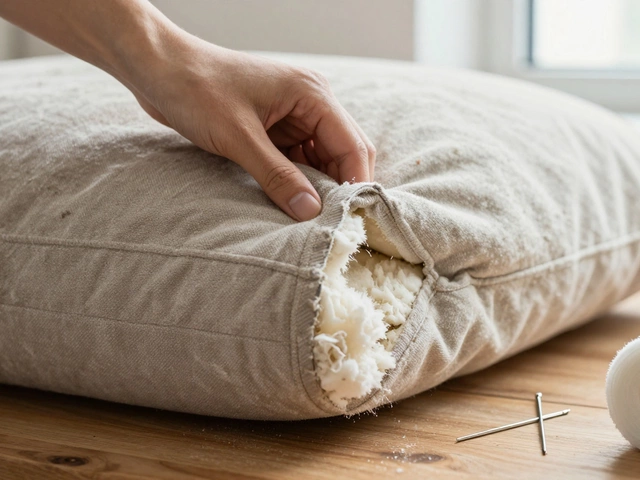Anchor: The Small Hardware That Holds Big Projects Together
When you hear the word Anchor, a fastening device that secures bolts or screws into various building materials. Also known as wall anchor, it holds heavy loads in place. Think of it as the quiet hero behind a sturdy shelf, a secure shower screen, or a safe garage wall. Construction, the process of building structures and installing systems in homes and commercial buildings relies on anchors to bridge the gap between fragile surfaces and the forces they must bear. An anchor encompasses fastening, meaning it creates a mechanical link between a fastener and the substrate. It requires proper installation—choosing the right type, drilling the correct hole, and tightening to spec—to deliver the intended strength. In modern building projects, engineers select plastic expansion anchors for drywall, metal sleeve anchors for concrete, or toggle bolts for hollow walls, each matched to load demands. This relationship—anchor ↔ construction—shows how a tiny metal or polymer piece can dictate whether a wall can support a TV, a cabinet can hold dishes, or a stair rail stays safe.
Why Anchors Matter Across Furniture, Storage & Interior Design
Furniture, objects built for comfort, storage, and decoration in homes and offices often hides anchors inside its joints. When you assemble a sideboard, the drawer slides are glued to a metal anchor that stops wobbling. Couch frames use anchors to attach legs securely, preventing squeaks over time. Even decorative pieces like polyptych art panels rely on wall anchors to stay level on plaster. Home‑improvement enthusiasts learn fast that a good anchor choice can turn a DIY shelf into a load‑bearing masterpiece, while a wrong choice leads to cracked drywall or sagging wood. In storage solutions, anchors let you mount pegboards, overhead racks, or pull‑out bins without drilling new holes each season. Interior designers also factor anchors into their plans: a heavy curtain rod needs a robust anchor to survive wind, and a sleek modern table anchored to a concrete slab stays perfectly stable during dinner parties. These examples illustrate how anchor ↔ furniture, anchor ↔ storage, and anchor ↔ interior design interlink, creating a web of stability that keeps homes functional and stylish.
Understanding the role of the anchor helps you navigate the wide range of topics covered in the articles below—from choosing the right wall anchor for a bathroom remodel to spotting how anchors affect data‑center rack installations. Whether you’re a DIY homeowner, a seasoned contractor, or just curious about how tiny fasteners keep big projects upright, the posts ahead give practical advice, trend insights, and step‑by‑step guides that build on the basics explained here. Dive in to see how these simple devices shape everything from construction contracts and furniture makeovers to clever storage hacks and modern interior trends.
Optimal Anchors for Securing Your Bookcase Safely
Securing a bookcase properly is crucial for preventing accidents and ensuring stability. This article explores the types of anchors available, tips for installation, and why anchoring is essential, especially in homes with children. Discover insights on selecting the right anchor based on your wall type and bookcase weight. Learn practical advice for a safe and stylish living space.
full article




